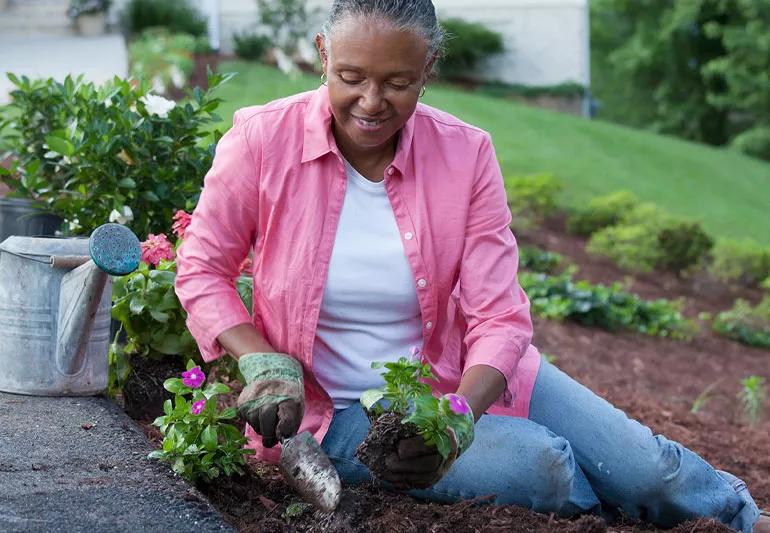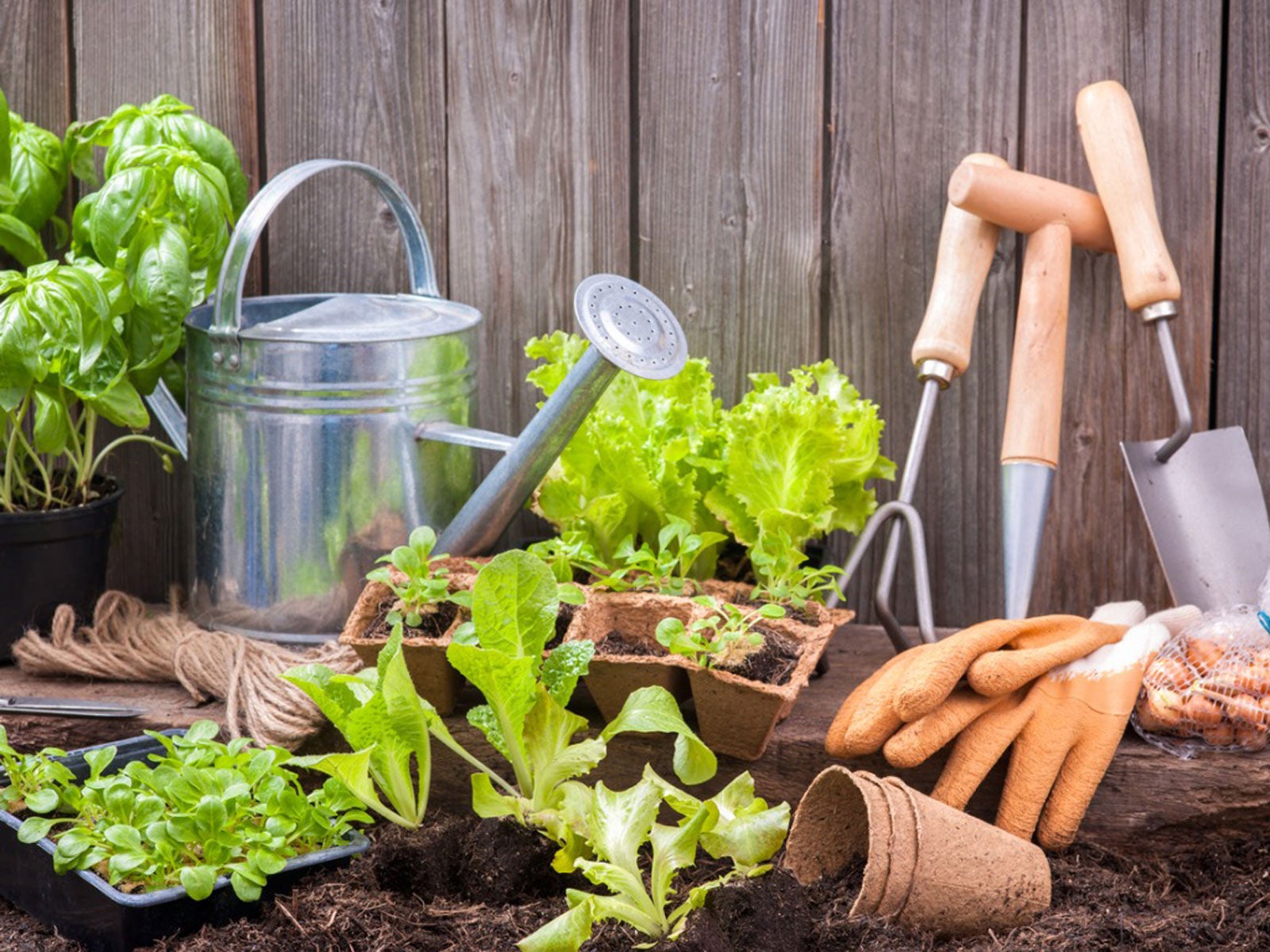Specialist Gardening Tips for Producing a Sustainable and Eco-Friendly Yard
Getting started on the journey to produce a green and lasting garden includes a collection of deliberate options and methods that not just boost the charm of your area yet additionally contribute positively to the atmosphere. To reveal even more practical techniques and skilled understandings, allow us explore the essential aspects that specify an environmentally conscious garden.
Select Native Plants
Choosing native plants for your yard is a basic action towards achieving sustainability. Native plants are inherently adjusted to the neighborhood environment and dirt problems, making them extra resistant to local parasites and diseases. This reduces the need for chemical pesticides and fertilizers, thus minimizing environmental impact. Additionally, indigenous plants generally require less water once developed, adding to more reliable water usage.
Past their functional benefits, native plants play an essential role in sustaining neighborhood biodiversity. They supply vital habitat and food sources for indigenous wildlife, including pollinators such as , butterflies, and birds. This promotes a balanced ecosystem, which is essential for the health and wellness of your garden and the surrounding setting.

Implement Water Preservation
Implementing water conservation methods is essential for keeping a sustainable yard. Effective water use not just lowers the ecological effect yet likewise makes sure that plants obtain adequate hydration without wastage. One effective technique is to use drip watering systems, which provide water straight to the plant origins, lowering dissipation and runoff. This targeted approach can considerably reduce water usage compared to conventional sprinklers.
Furthermore, mulching is a valuable technique for preserving water. By using a layer of natural compost, such as wood chips or straw, around the base of plants, gardeners can reduce soil evaporation and maintain regular dampness degrees. Mulch also helps manage dirt temperature level and reduces weed growth, further adding to plant wellness.
Rain harvesting is another lasting method. Installing rain barrels or other collection systems permits garden enthusiasts to capture and store rainwater, which can later on be used during completely dry durations. This not only saves municipal water but additionally supplies a natural, chemical-free resource for irrigation.
Last but not least, choosing drought-tolerant plant species can significantly lower water demands. These plants are adapted to prosper in low-water conditions, making them excellent for green gardens. gardening tips. Implementing these water preservation methods will certainly cultivate a durable, sustainable yard
Usage Organic Horticulture Methods

Pest monitoring in an organic garden relies upon integrated pest management (IPM) methods. These consist of encouraging useful insects, making use of all-natural killers More Info like lacewings and ladybugs, and applying crop rotation to interrupt pest life process. Friend growing, where specific plants are grown together to ward off insects or attract advantageous insects, is an additional reliable method.
Weed control is managed through mulching and hand-operated elimination, rather than relying upon herbicides. Mulch not only subdues weeds yet likewise conserves dampness and enhances soil health as it damages down. Organic mulches, such as straw, timber chips, and leaves, are specifically useful.
Create Wild Animals Habitats
Producing wild animals habitats within your yard not only improves biodiversity yet also sustains the community's equilibrium. Start by integrating indigenous plants, as these are well-suited to your neighborhood climate and offer essential food and shelter for wild animals.
Consider adding a water function, such as a fish pond or birdbath, to provide a constant water resource. Water elements draw in a selection of species, from amphibians to pollinators, improving the yard's vitality. Furthermore, installing birdhouses, bat boxes, and insect resorts supplies risk-free nesting sites and urges biodiversity.
Leave some areas of your garden uninterrupted, permitting leaf trash and dropped branches to build up. These natural particles piles produce environments for insects and little animals, fostering a balanced environment. Stay clear of using chemical pesticides and herbicides, as they can hurt beneficial wildlife and interrupt food cycle. By focusing on these lasting techniques, your yard can come to be a refuge for local wildlife, advertising eco-friendly wellness and sustainability.
Technique Composting and Mulching
An essential aspect of lasting gardening, composting and mulching, dramatically improves dirt health and wellness and reduces waste. Unlike artificial fertilizers, garden compost enriches the dirt with useful microorganisms and necessary nutrients, fostering a much healthier garden ecological community.
Mulching, on the other hand, entails covering the soil surface area with organic or not natural products, such as straw, wood chips, or shredded fallen leaves. This method offers read numerous advantages: it preserves soil moisture, reduces weed development, and moderates soil temperature level. Mulch likewise progressively breaks down, adding raw material to the soil and additional boosting its fertility.
To exercise reliable composting, ensure your compost heap has an equilibrium of environment-friendly materials (rich in nitrogen) and brown materials (rich in carbon), keeping adequate aeration and wetness. gardening tips. Regularly turning the stack speeds up decay. For mulching, use a 2-3 inch layer around plants, ensuring it does not directly get in touch with stems or trunks to avoid rot
Verdict

Selecting indigenous plants for your garden is an essential action towards achieving sustainability.In addition, including native plants can boost the aesthetic charm of your garden. These plants are adjusted to thrive in low-water conditions, making them excellent for environment-friendly yards. Implementing these water conservation approaches will promote a resilient, sustainable yard.
In verdict, visit homepage establishing a lasting and eco-friendly garden includes the critical selection of native plants, the fostering of water preservation techniques, and the application of natural horticulture methods.